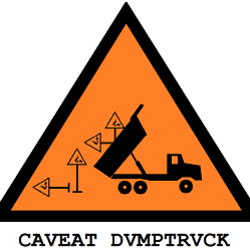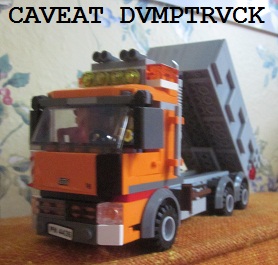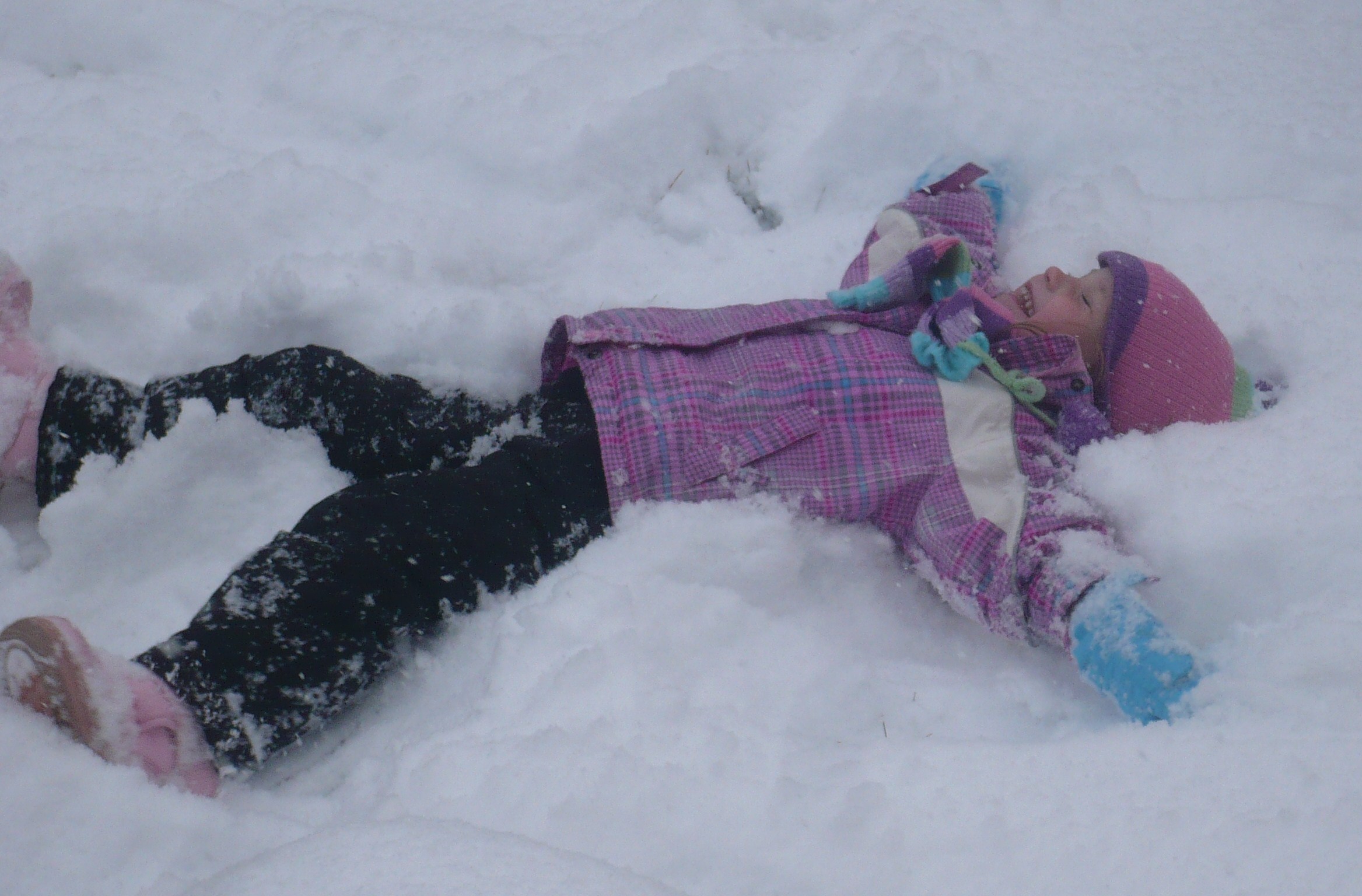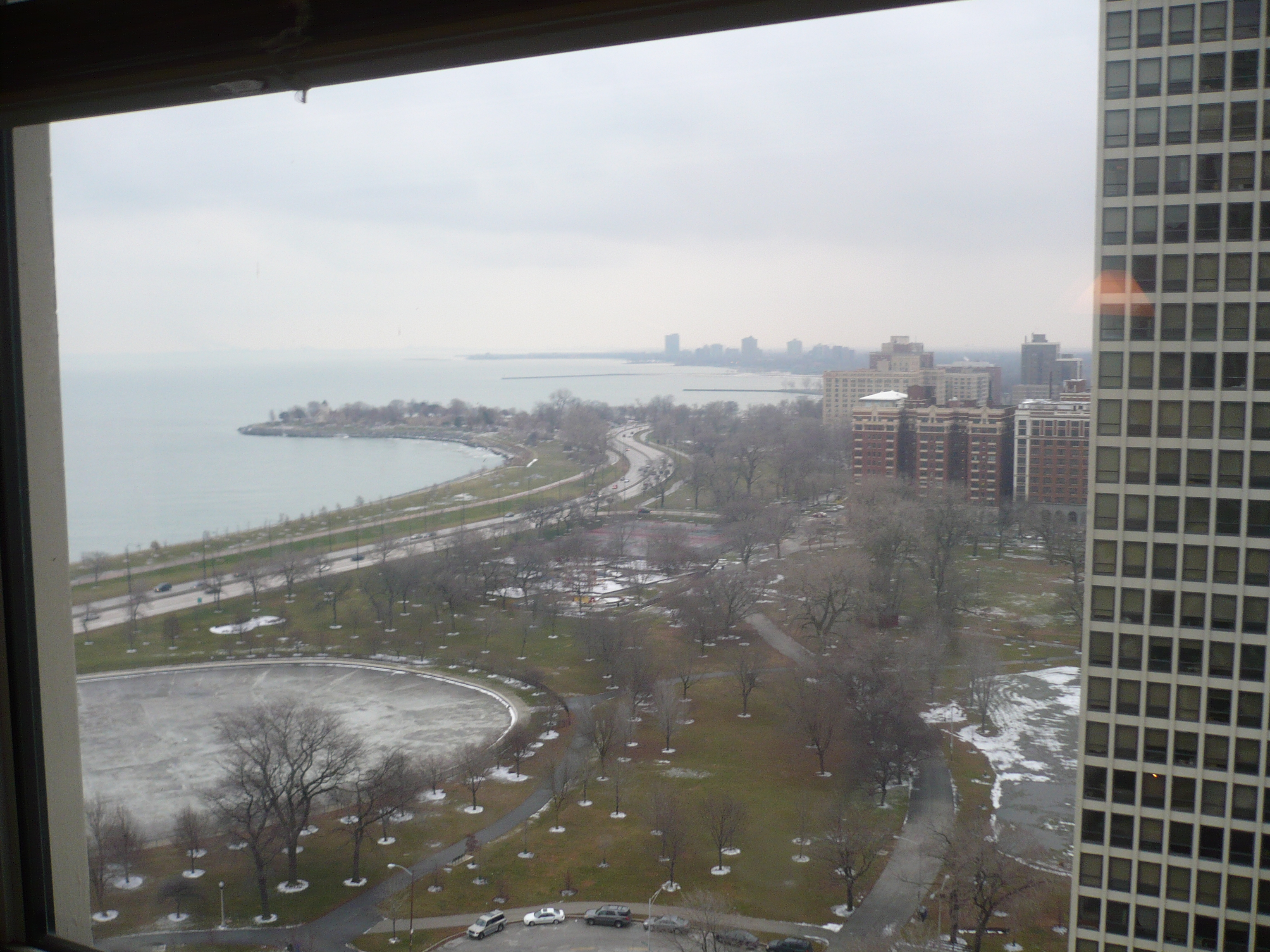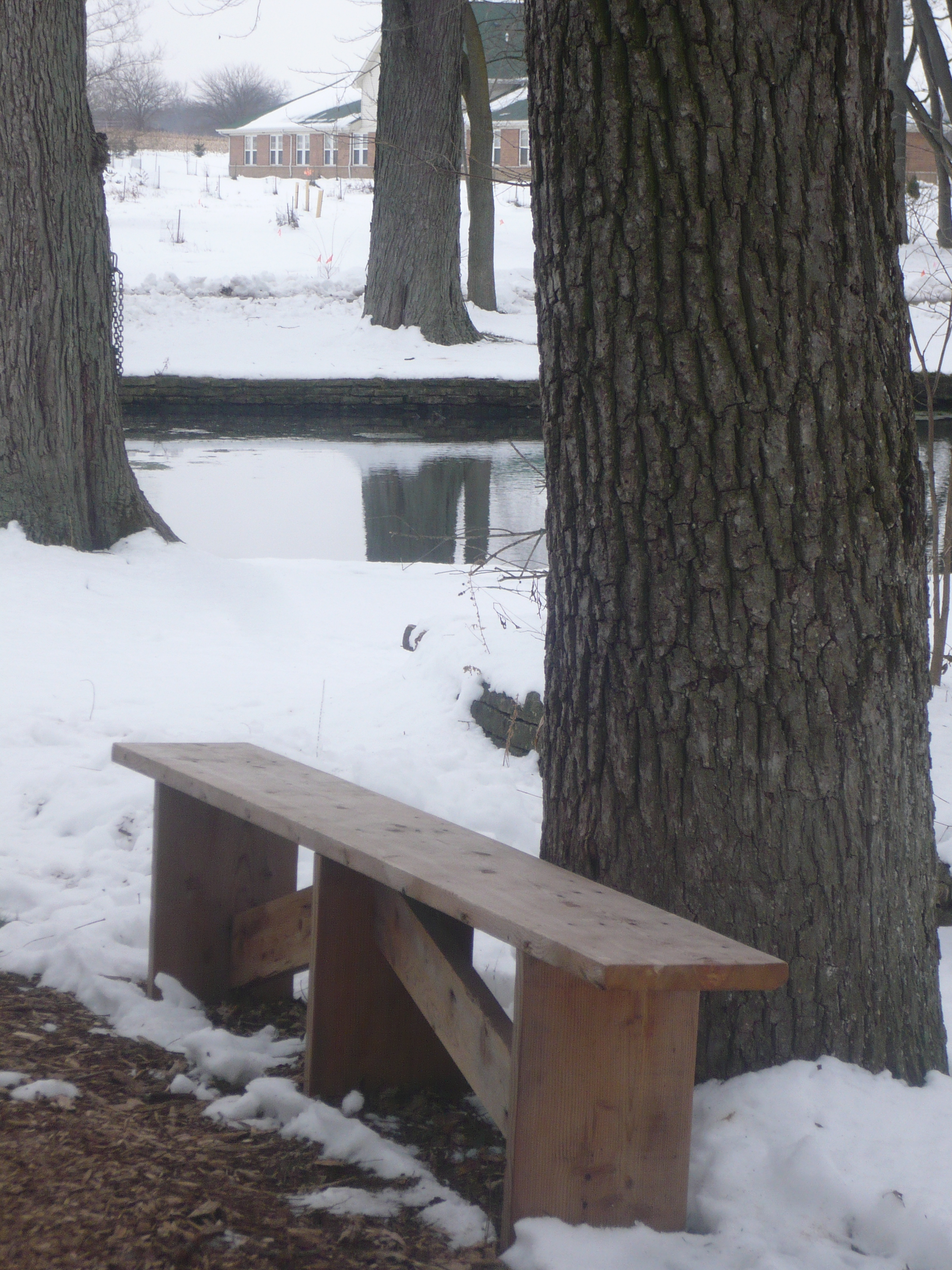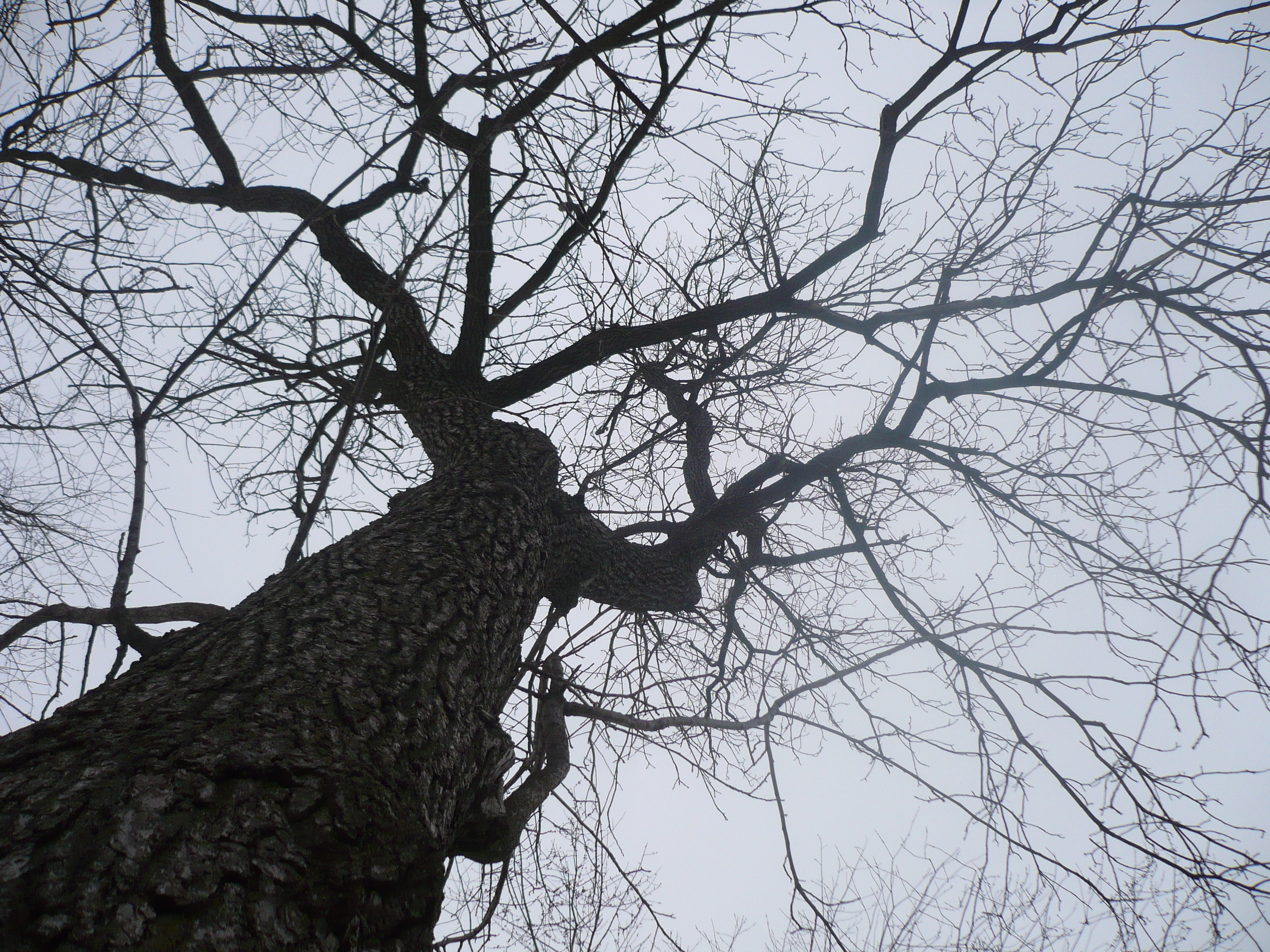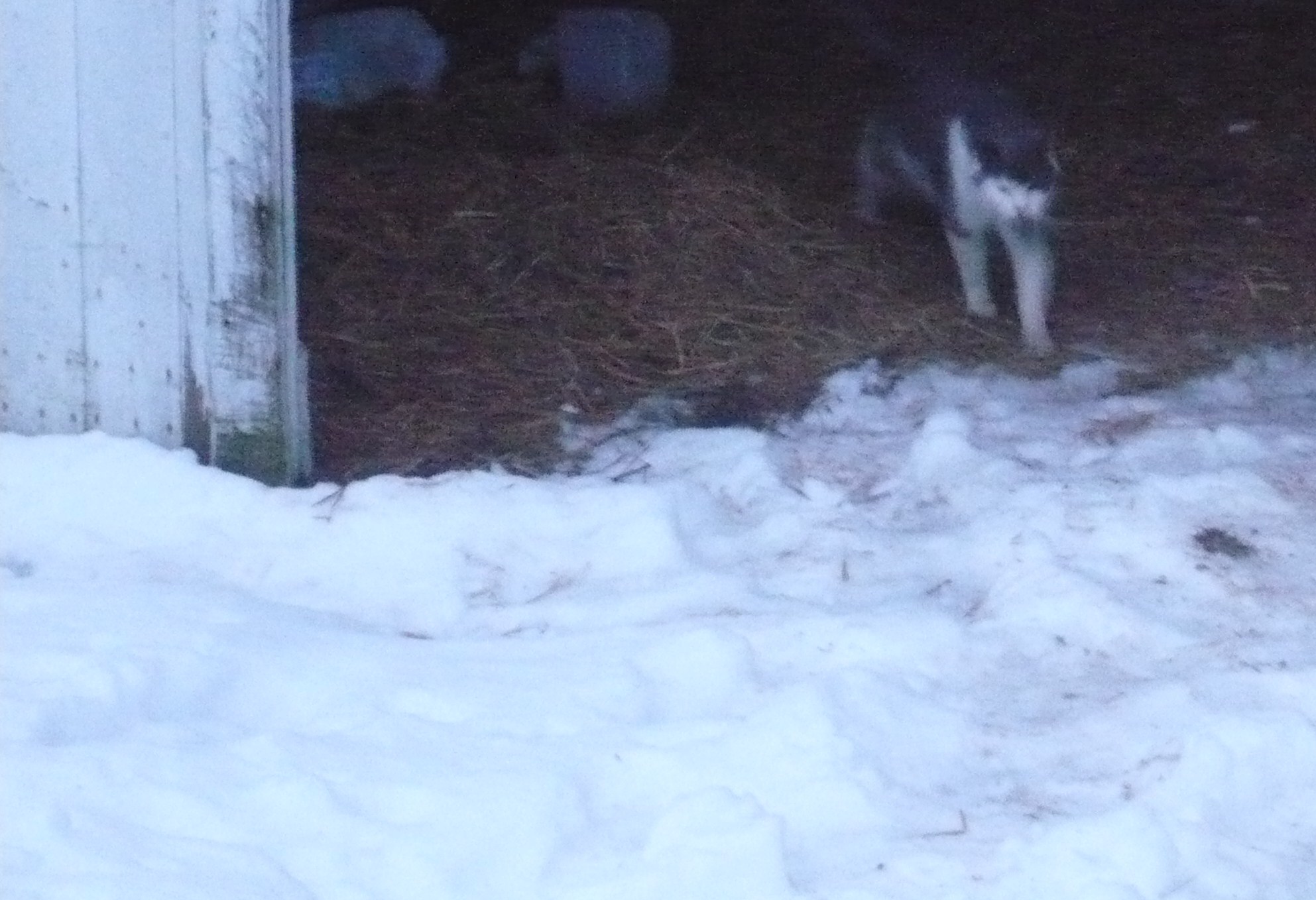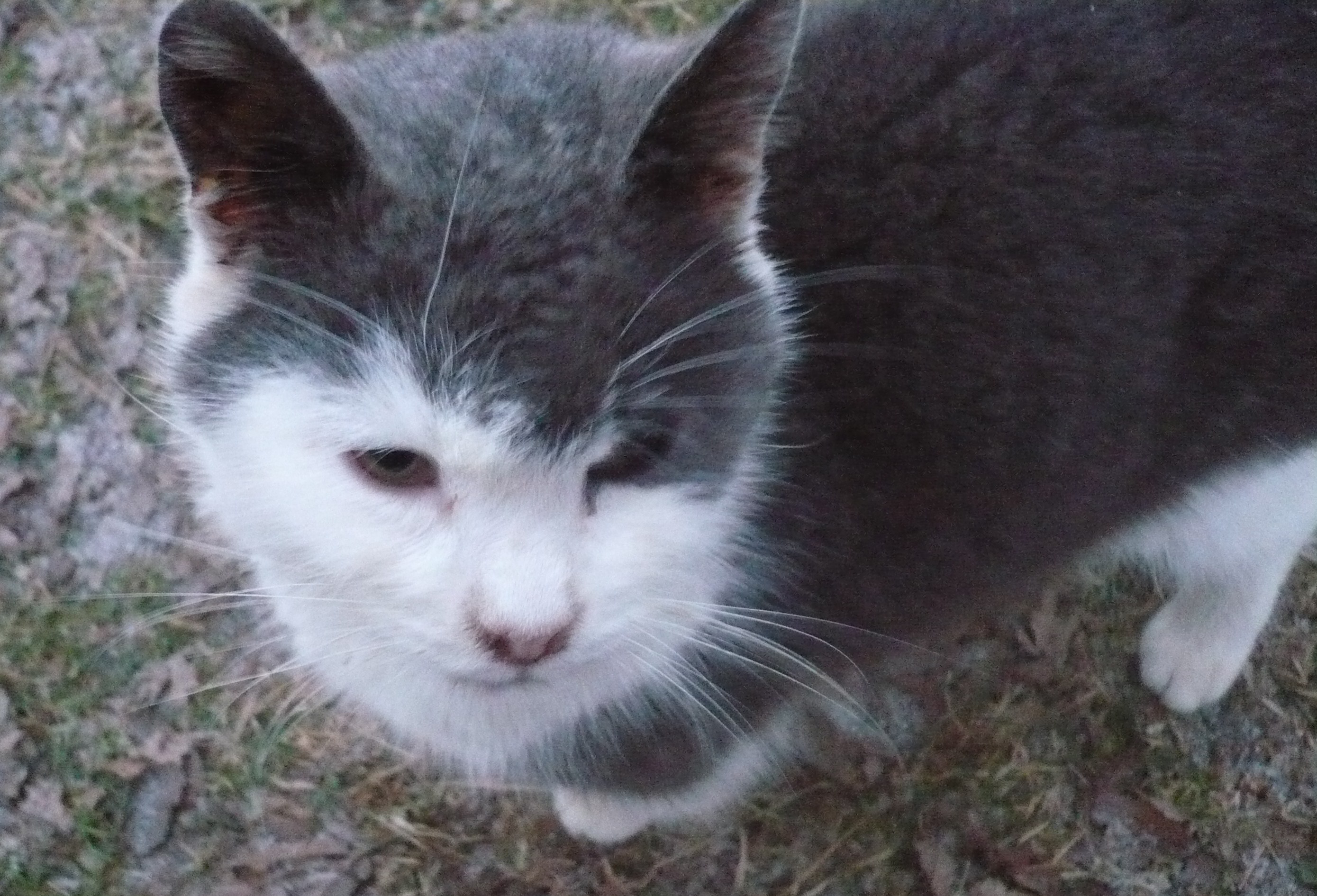[This is a “back-post”; it is a work-in-progress, so it may change partially or completely, with materials added or taken away, over the next several days or weeks. This is “day 0” of my stay at the Vipassana Meditation retreat. For general comments and summary, see “day 11.”]
I am going to a “meditation camp” by an organization called Vipassana. “Vipassana” is the name of the meditation they practice, something popularized by a teacher named S.N. Goenka, ethnically Indian but born and raised in Burma. I would classify it as a sort of neo-orthodox theravada buddhist trandition, though Goenka and his followers like to claim it is “non-sectarian” – more about this claim later.
I am not allowed to use computer or writing materials, but each day I will compose one or more titles to blog entries, that I can remember and use to cue memories later on, and then write down after the retreat is over.
The camp is in Pecatonica, Illinois, about 20 minutes west of Rockford. The site is very beautiful. I signed in, put my cellphone, etc. in storage, attended an orientation and introduction, and got settled in the dormitory.
Here is our daily schedule:
4:00-4:30 AM. First gong. Wake up, shower, etc.
4:30-6:30 AM. Meditation.
6:30-8:00 AM. Breakfast. Personal time. (I already know, this will be “nap time” US Army style.)
8:00-9:00 AM. Group meditation.
9:00-11:00 AM. Instruction and meditation.
11:00-12:00. Lunch.
12:00-1:00 PM. One-on-one interviews with the teacher.
1:00-2:30 PM. Meditation.
2:30-3:30 PM. Group meditation.
3:30-5:00 PM. Instruction and meditation.
5:00-6:00 PM. Tea. (There will be fruit but no meal — students are encouraged to fast after mid-day.)
6:00-7:00 PM. Group meditation.
7:00-8:15 PM. Discourses by the main teacher (via videotape).
8:15-9:00 PM. Instruction and meditation.
9:00-9:30 PM. Questions and answers with teachers, or personal time.
9:30 PM. Lights out.
